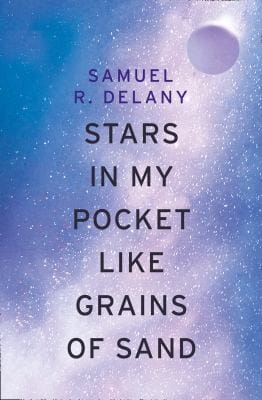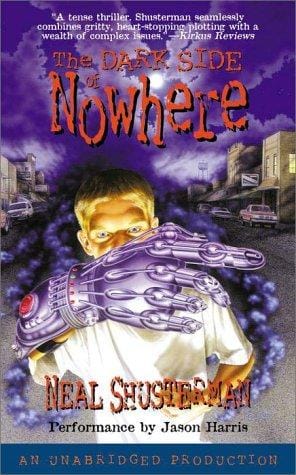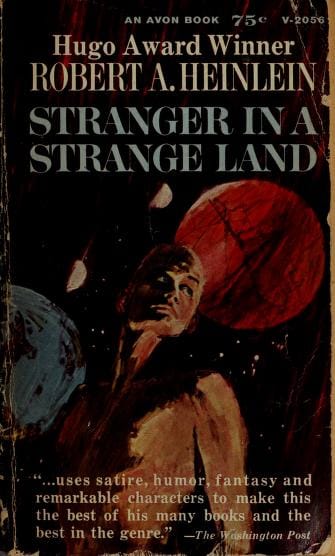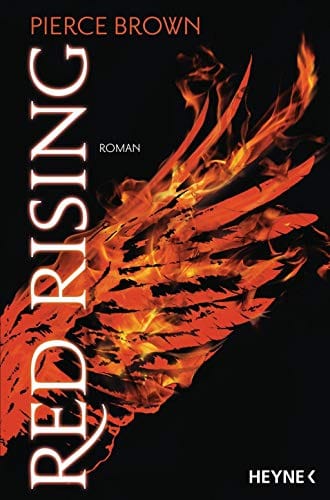Isaac Asimov: The Visionary of Science Fiction and Science Fact
Discover Isaac Asimov’s extraordinary journey from Brooklyn candy stores to shaping science fiction, robotics ethics and popular science with nearly 500 books.
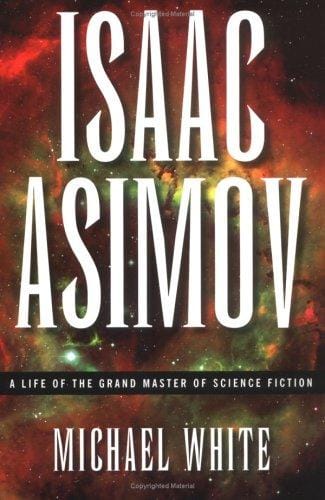
Introduction
Few authors have reshaped the contours of both imaginative literature and popular science the way Isaac Asimov did. A master storyteller, razor-sharp thinker, and indefatigable teacher, Asimov published nearly five hundred books that spanned genres, age groups, and academic disciplines. From the sweeping psychohistorical saga of the Foundation series to approachable explanations of biochemistry, he made complex ideas accessible and exciting. In doing so, he not only entertained millions but also inspired generations of scientists, engineers, and dreamers to push at the boundaries of the possible.
Early Life and Education
Isaac Asimov was born on January 2, 1920, in Petrovichi, Russia. His family immigrated to Brooklyn, New York, when he was three, and by the age of five he was already teaching himself to read English. Growing up in the backrooms of his parents’ candy stores, he devoured pulp magazines stacked on the shelves, nurturing a lifelong passion for speculative fiction. Asimov entered Columbia University at just fifteen, eventually earning a Ph.D. in biochemistry while simultaneously selling stories to the famed magazine Astounding Science Fiction. This dual path of science and storytelling became the hallmark of his career.
Prolific Writing Career
Over four decades, Asimov demonstrated a work ethic nearly as legendary as his imagination, averaging several hundred finished pages a month. His bibliography encompasses hard science fiction, mysteries, humor, history, Bible commentary, and even a comprehensive guide to Shakespeare. Such breadth earned him the affectionate label of a "human encyclopaedia." He attributed his productivity to disciplined daily writing sessions and a clear, conversational prose style that invited, rather than intimidated, readers. Whether discussing positronic brains or photosynthesis, Asimov believed that any idea, no matter how technical, could be explained with patience and clarity.
The Foundation Universe
Asimov’s most influential fictional achievement is arguably the Foundation series, originally a trio of short stories published between 1942 and 1950 and later expanded into a multi-volume epic. The narrative follows mathematician Hari Seldon, who devises the science of psychohistory to predict—and hopefully shorten—the collapse of a galactic empire. Readers were captivated by a saga built not around lasers and dogfights but around ideas, sociology, and the grand sweep of history. Foundation would go on to win the Hugo Award for "Best All-Time Series" in 1966, edging out even Tolkien’s Middle-earth. Modern franchises such as Star Wars, Dune, and The Expanse all carry echoes of Asimov’s visionary blueprint.
The Three Laws of Robotics
Another cornerstone of Asimov’s legacy is his formulation of the Three Laws of Robotics, introduced in the 1942 short story "Runaround." The laws stipulate that a robot may not harm a human, must obey human orders unless they conflict with the first law, and must protect its own existence unless that conflicts with the first two. This elegant ethical algorithm still underpins contemporary discussions about artificial intelligence safety. Engineers reference it, philosophers debate it, and storytellers remix it. Crucially, Asimov rejected the then-popular trope of rampaging killer robots, choosing instead to explore nuanced moral dilemmas at the intersection of logic, duty, and empathy.
Nonfiction Contributions
While Asimov’s fiction reaches for the stars, his nonfiction brings the cosmos down to Earth. He authored accessible primers on chemistry, physics, biology, and astronomy that became staples in classrooms worldwide. His lively essays for The Magazine of Fantasy & Science Fiction—later collected in volumes such as "The Left Hand of the Electron"—answered everyday curiosities with wit and methodical reasoning. By interpreting cutting-edge research for lay audiences, Asimov made scientific literacy feel not merely possible but profoundly enjoyable, strengthening the public’s appreciation for evidence-based thinking.
Legacy and Influence
Isaac Asimov died in 1992, but his influence remains omnipresent. NASA scientists have cited him as an inspiration for pursuing planetary exploration, while Google’s founders have spoken of Foundation’s impact on their vision of organizing information. Numerous awards, from the Asimov Lectures at the American Museum of Natural History to the magazine Asimov’s Science Fiction, keep his name vibrantly alive. In today’s age of AI ethics debates and Mars-colonization plans, his narratives feel prescient, urging humanity to pair technological prowess with moral foresight.
Conclusion
Isaac Asimov stands as a bridge between speculative wonder and scientific rigor, reminding us that the future is something we both predict and create. His stories encourage readers to imagine societies centuries hence, while his essays equip them with the knowledge to shape such futures responsibly. In celebrating Asimov, we celebrate an enduring belief in intelligence—human and artificial alike—as a force for good when tempered by curiosity, compassion, and reason.
